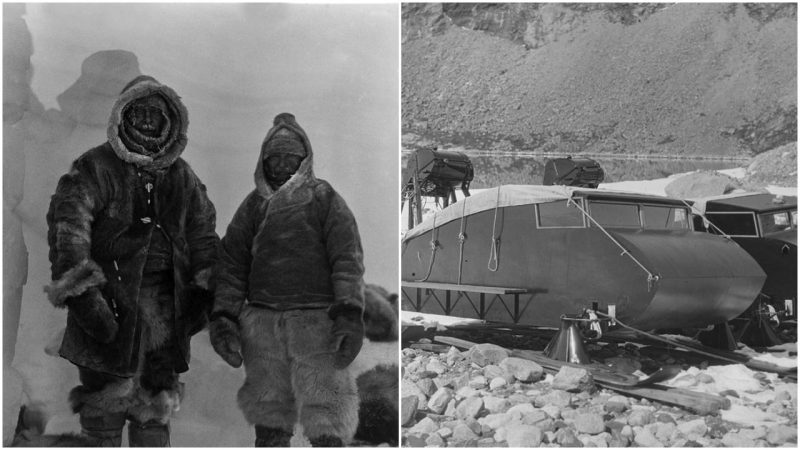Alfred Wegener was a German geophysicist and meteorologist, who is praised for introducing the theory of the continental drift and laying the foundation for the research of plate tectonics.
In the early 1910’s, Wegener introduced the idea that the continents are slowly moving around the Earth. His ideas were considered bizarre at the time, but, nowadays, the theory of the continental drift is one of the primary theories of geophysics.
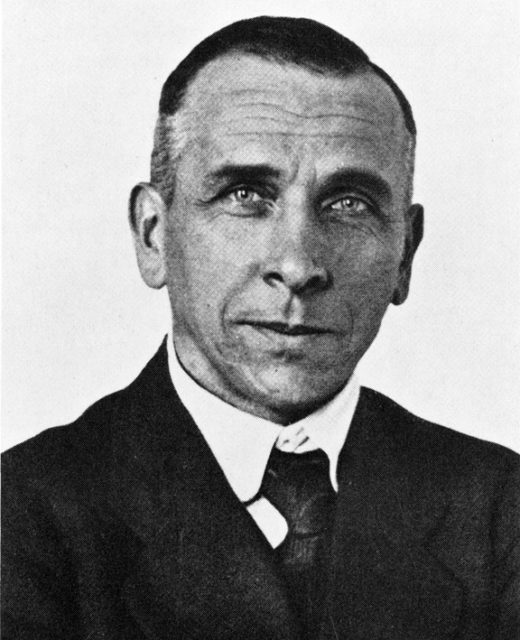
During his life, Wegener was known as an avid polar researcher and one of the pioneers of polar exploration. He was determined to chart the unexplored territories of the northeastern coast of Greenland and led four long expeditions which prompted him to set up a Greenland research base and make meteorological measurements of the climate in the Arctic climate zone.
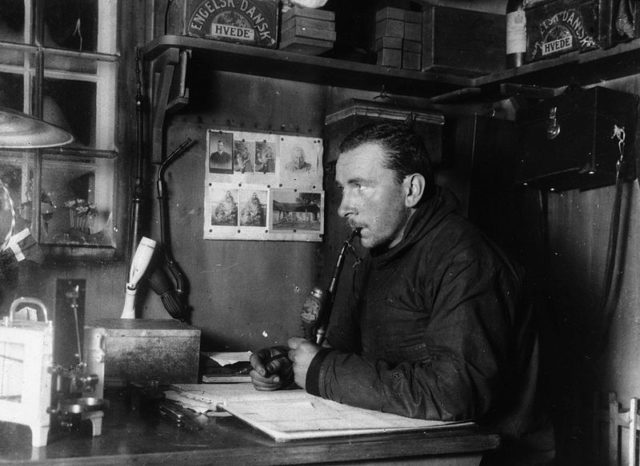
Wegener’s expeditions were extremely dangerous because the technology of the time wasn’t designed to work in extreme weather conditions and the clothing wasn’t as insulated as it is today. Still, the first three expeditions were successful, and the German government was so satisfied with the results that they encouraged Wegener to conduct the fourth expedition in 1930, whose aim was to determine the thickness of the Greenland ice. The government even provided a sum of 1.5 million dollars for the expedition’s equipment and provisions.
Wegener was very enthusiastic about the expedition, but he underestimated the harsh and hostile weather of the uncharted far north. The expedition ended in terrible disaster: fourteen men traveled by dog sled and the temperature reached a staggering -60 degrees Celsius. The toes of a meteorologist named Fritz Loewe were so frostbitten that they had to be immediately amputated by a penknife.
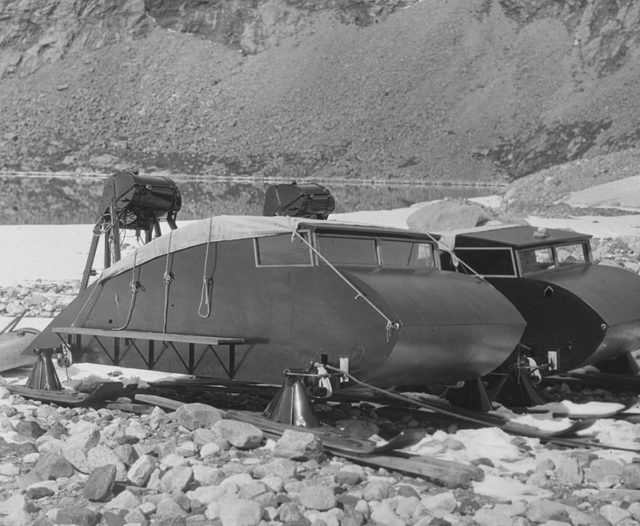
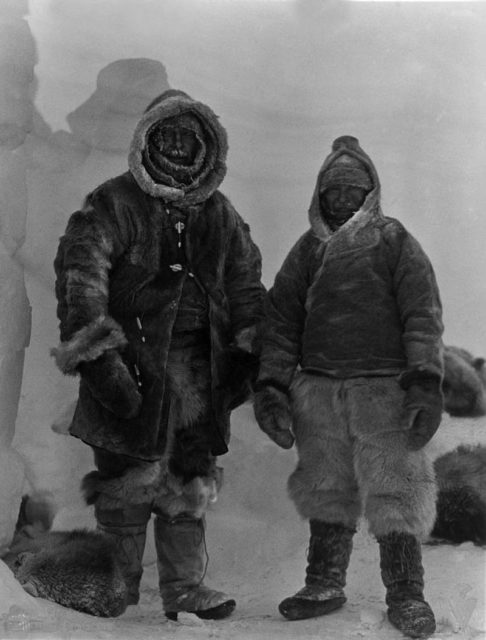
The group became stranded in a vast frozen space, with no radio equipment or dwindling provisions. They were forced to kill their dogs and eat them so that they could survive. Still, Wegener and his companion, Rasmus Villumsen, were determined to reach the base camp. Unfortunately, Wegener died of exhaustion during the trip; Villumsen buried him in the frozen wasteland and marked his grave with a pair of skis.
Villumsen died several hours later, and his body was never found. Polar researchers eventually found Wegener’s grave and replaced the skis with a proper cross; contemporary researchers estimate that Villumsen’s body will most likely never be found, as it is currently buried beneath around 100 meters of hostile polar snow.
